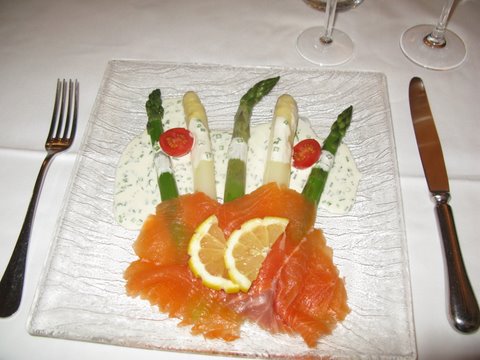We are in the depths of summer – the sweltering heat and heavy air does something to our palates. During these months we tend to crave a colder, lighter, more refreshing high-acid white or rosé than the full-bodied red. I set out below an ideal wine-serving temperature chart, along with some suggestions and tips on temperature control:
| Champagne & Sparkling Wines | 42-52 °F or 6-11 °C |
| Rosés | 45-55 °F or 7-13 °C |
| Whites | 45-50 °F or 7-10 °C |
| Tips:When cooling wine in a bucket use both ice and water this will cool the wine faster. If you serve wine too cold it will lose its flavour. | |
| Reds | 50-65 °F or 10-18 °C |
| Tips:Keep all wines out of the sun, off the patio, off the boat deck and in a cool place inside especially reds. If you pour a big glass of red outside in the heat, chances are you’ll be drinking tepid wine by the time you get to the bottom of the glass and the wine will loose its aromas and flavours. Keeping red wine at a good drinking temperature during the summer months is a balancing act – If it’s too cold, it will lose its flavour; If it’s too warm, it will taste rough and the alcohol will show through. You might want to chill some light reds down a bit in the fridge to 15° C to 18° C – the bottle should be cool to the touch. Note: Beaujolais and other light reds are not harmed by this – It is common in the south of France during the summer months to put a bottle of light red in the fridge for half-an-hour before serving. |
Do not get too obsessive about serving temperatures – just be sure you can taste the fruit in the whites and rosés, and the reds taste cool, not warm in your mouth.
by Liz Palmer
Apprentissage Sommelier


